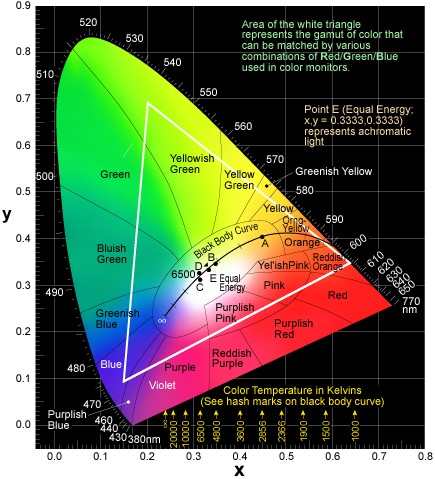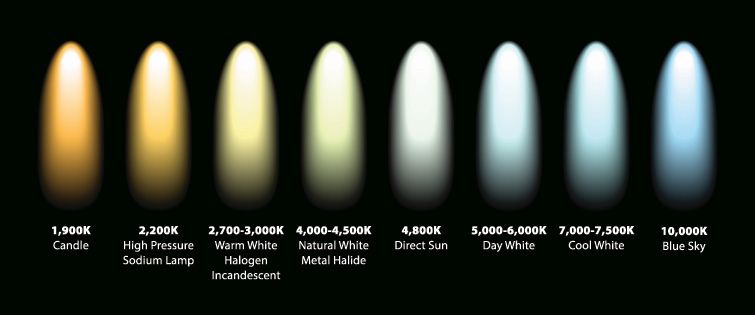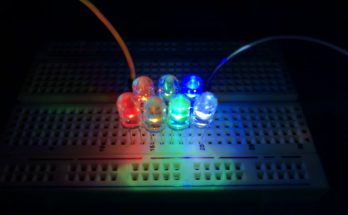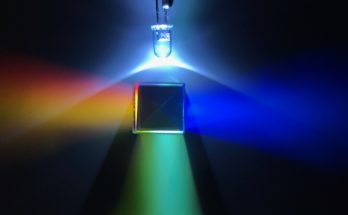In human history, many light sources have been used, from the sun light, fire, candle, kerosine light, to incandescent “Edison Bulbs”, to LEDs (Light Emitting Diodes). Each development of the light sources indicated a significant leap in cultivation advance in human history and big improvement of human life. Therefore, light sources have been very important to us. As the era of LED lighting has recently started, new technologies have been emerging for meeting all our needs. How to create Indoor natural light has been one of the most intriguing topics. In modern life, people spend lots of time in door, not only at home, but also in manufacturing and office environment. All of us understand natural sun light does good to our health and encourages positive emotions. Studies show that working in natural daylight boasts the best productivity for office workers. But modern offices are usually enclosed in high rise buildings that cannot offer much access to the natural light. Therefore, lighting engineers have worked hard to create artificial natural light sources.
To understand artificial lighting, we need to know CRI or Color Rendering Index. CRI is the value from 0 to 100 indicating how accurate the light source can reproduce the true colors of an object shined by the light source, with 100 being the best. For artificial light sources, higher CRI is desired as the light source can produce accurate and appealing look of the objects under the light shining. But we should be careful about using CRI for all types of LED light sources. In artificial lighting technology, white light is at the center. Different ways for generating white light have different CRI interpretations. The CRI for phosphor-based white LEDs can be from 70 to 90, while white LEDs produced from RGB can be lower than 50 because of lacking spectral content in cyan, yellow and orange colors.
White LEDs based on RGB LEDs are different from other light sources, like sunlight and incandescent bulbs which emit multi-color light. RGB LEDs emit monochromatic light individually meaning that each of the RGB LEDs has only one color, and the resulted white light is the combination of red, green and blue colors which are the three base colors.

The white light produced by RGB LEDs are an artificial light source that can be easily controlled to achieve different white colors based on color temperature that is a concept based on the physical model of black body radiator. An object is called block body because of thermal equilibrium that makes the object appear completely black because of no radiation. When it is heated up eventually, it would appear red, yellow, orange … green, white, blue, violet, … The temperature measured in Kelvin (K) degrees at which a light with the specific wavelength is emitted is called the Color Temperature of the light source. In the above CIE chromaticity chart, the black line in the middle is the locus of black body emission. The photo below illustrates the progression of light colors with different color temperatures.

So, we now can intuitively say that the light will look white when the color temperature is higher or warmer; and it looks red with lower temperature or being cooler. With the concept of color temperature of light sources, we can create light sources that make the environment cool or warm with the ease of digital control.
Image it’s on a cloudy day, the regular lighting in the office would appear insufficient to support productive activity with poor ambient light condition. In such a case, we need to increase the light level with higher color temperature, for example, to 6500K to mimic the day light at mildly cool noon. When we need a morning refreshing, we can select a color temperature of 3000K that makes a reddish color. Also, it’s very helpful that our LED lighting can be tuned at will at any time. In the market, we have two types of LED lights that provide color temperature adjustment, one changes the light color temperature by dimming to create change from warm dim to warm glow effect; and another one offers the full range of intensity adjustment that allows you to select any desirable color temperature to enjoy the effect of change from cool light to warm light.
With the digital technology for LED lighting controls, we can program different patterns of control of color temperature of the light. For example, we can have a warm white light in the morning, and a cool white light during working hours. Or imagine, on a snowy day, we can control the light in our family room to follow the Sun’s locus on a lovely early summer day. We can do all this by our fingertips on the smart phones.

There are several ways to achieve LED light source color temperature control. The first is called Dim-to-Warm meaning that the light turns to warm white when it’s being dimmed. This way mimics candlelight or incandescent bulbs that emits more reddish light when cranking down the power. With Dim-to-Warm control, a full power white LED light can render a range of color temperature from as low as 1900K up to 3000K. This technique is relatively simple and useful for many applications, such as restaurants, theaters, train cabins, and hotels. By simulating the ideal black body radiation, dimming the light is equivalent to cooling the light emitter down thus resulting light shifting from white to yellow then red with further dimming. To be fully comparable with traditional incandescent bulbs, the Dim-to-Warm capable LED light sources usually includes more than one LEDs of different colors as incandescent bulbs with a certain range of color temperatures along with its dimming curve. The other type of color temperature control is called tunable white LED control. In the simplest design of tunable white LED light sources, there are two sets of LEDs with different color temperature, cool and warm. The control consists of two separate channels for the cool and white LEDs with controls of adjustable brightness and color temperatures. The tunable white lighting technology can be considered as output control of color temperature.

With tunable white lighting control, we can change the color temperatures of our lights at any time to fit our moods or for improving productivity at workplaces and achieving high comfort level in office space. For long time, people have already understood the relationship between the color and brightness, which is fundamental to modern tunable white lighting control (SSL – Solid-State Lighting). With separate controls of the color temperatures and the intensity of each color temperature variation. The separation of color temperature and intensity controls enable us to minimize the color shifting with real time feedback of the intended output when dimming the light. With two color temperatures fixed in the lighting fixture, the tuning of the color temperature in between should be mostly linear under the ideal black body locus. The software is responsible for calculating the intended CCT (Corelated Color Temperature) and passes the result to the light driver for final control stage that usually involves a PWM (Pulse Width Modulation) control of voltage for dimming from color to warm and current control for each channel to achieve linear intensity adjustment.

Read more:
Office Lighting Design Guide by LED Lighting Supply
https://www.infineon.com/cms/en/applications/industrial/led-lighting/
https://www.ti.com/applications/industrial/lighting/overview.html
https://www.premiumbeat.com/blog/understanding-set-lighting-and-color-temperature/




